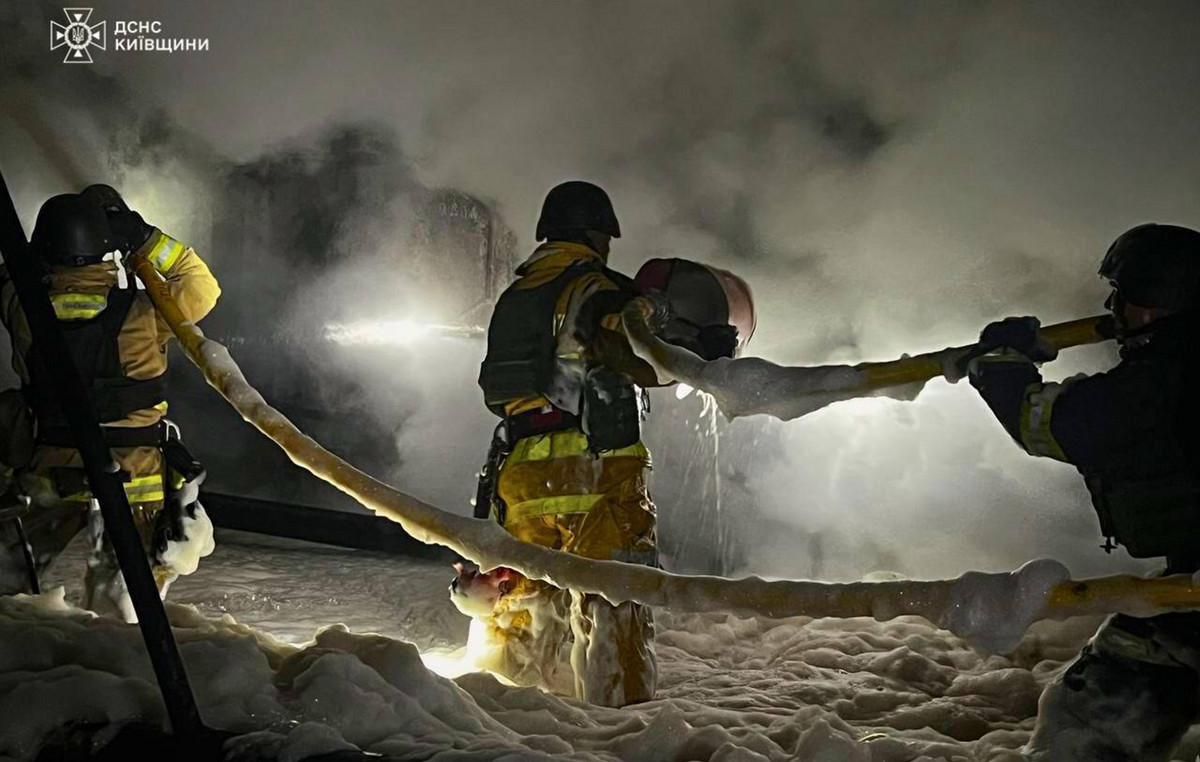Personal mobility is about to jump to the future, with innovations that seem out directly from science fiction films. Companies in the United States, Japan and Europe are developing and testing prototypes that promise to radically transform the way we get around.
Marcelo Tripoli, CNN’s innovation commentator, points out that among the most impressive news are the flying motorcycle and robot horse. These vehicles, which until recently they were considered only as fanciful concepts, are becoming a reality thanks to recent technological advances, especially in the field of batteries and the miniaturization of engines.
Flying motorcycle: crossing the skies
Kawasaki surprised the world by presenting its flying motorcycle prototype at a fair. This innovative vehicle promises to offer a unique personal air mobility experience. Unlike traditional terrestrial means of transport, the flying motorcycle allows the user to literally cross the skies, offering a completely new perspective of displacement.
The development of this vehicle was mainly made possible by the evolution of electric motors and high capacity batteries. These advances allowed the creation of a sufficiently light and powerful vehicle to take off and stay in the air in a stable and safe way.
Robot horse: tamed challenging land
Another prototype that draws attention is the robot horse. This vehicle is designed to face rugged and difficult to reach land, where conventional vehicles would have difficulties. With its structure inspired by equine anatomy, the robot horse promises to offer stability and agility in various types of surface.
The technology behind this vehicle involves advanced equilibrium systems and sensors that allow it to “read” the terrain and adapt its movements instantly. This makes it ideal for use in rural, mountainous areas or rescue and exploration situations.
Regulatory and security challenges
Despite the enthusiasm generated by these innovations, Tripoli stresses that there are still significant challenges to be overcome before these vehicles can be widely adopted. Regulatory issues, especially with regard to air traffic to flying bikes, have been debated for years.
Security is another primordial concern. Developers need to ensure that these new means of transport are safe not only for their users, but also for people around, especially in densely populated urban environments.
Although prototypes are in advanced developmental stages, large -scale production is still a challenge. The experience of the electric car industry shows that the prototype transition to mass production can take years.
However, the rapid pace of technological development suggests that we may be closer than we think of seeing these innovations in the streets and in the skies of our cities. The future of personal mobility promises to be not only efficient but also exciting and revolutionary.
Meet the robot fish that collects DNA at the bottom of the ocean
This content was originally published in CNN Innovation: Flying Moto and Robot Horse are the future of mobility on CNN Brazil.
Source: CNN Brasil
Charles Grill is a tech-savvy writer with over 3 years of experience in the field. He writes on a variety of technology-related topics and has a strong focus on the latest advancements in the industry. He is connected with several online news websites and is currently contributing to a technology-focused platform.







